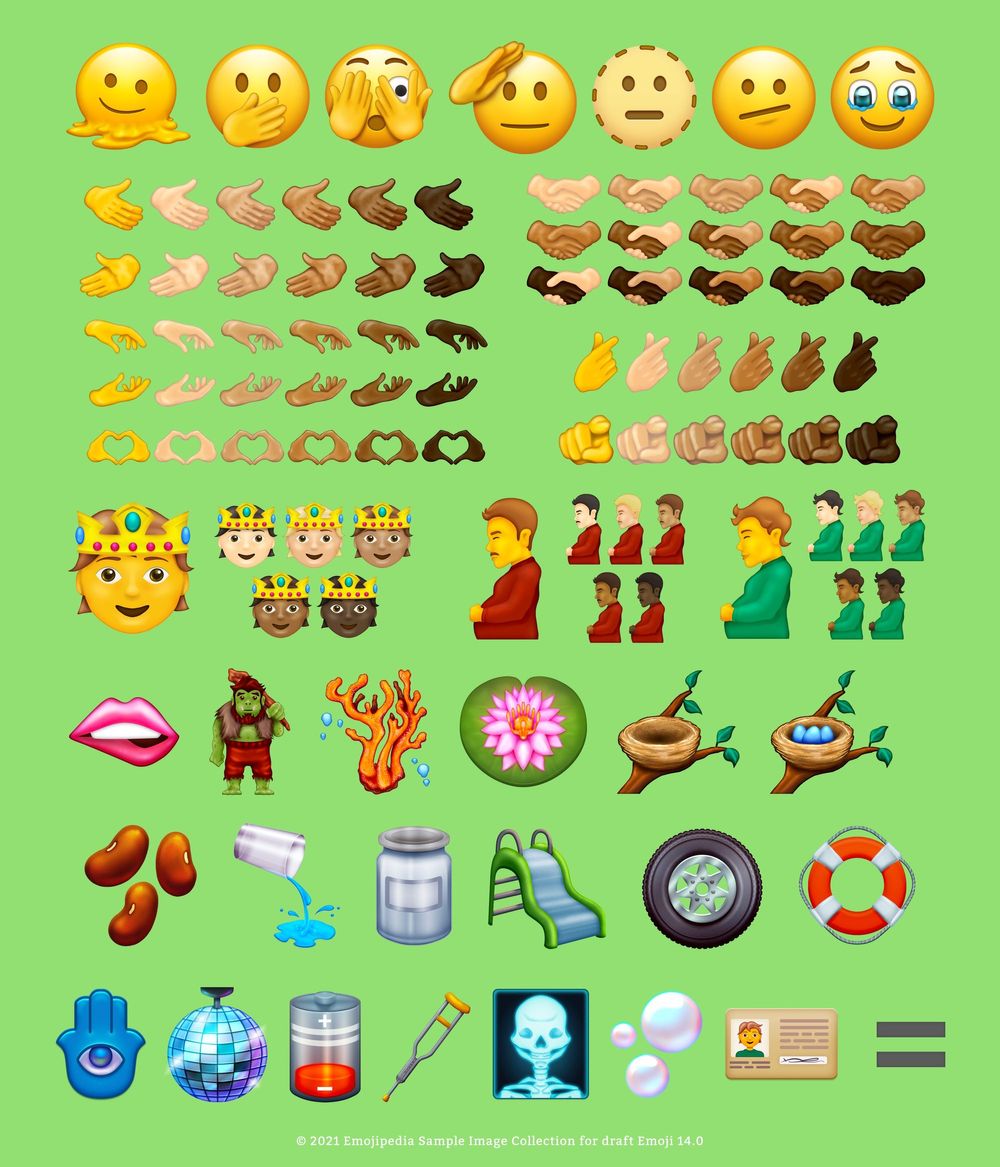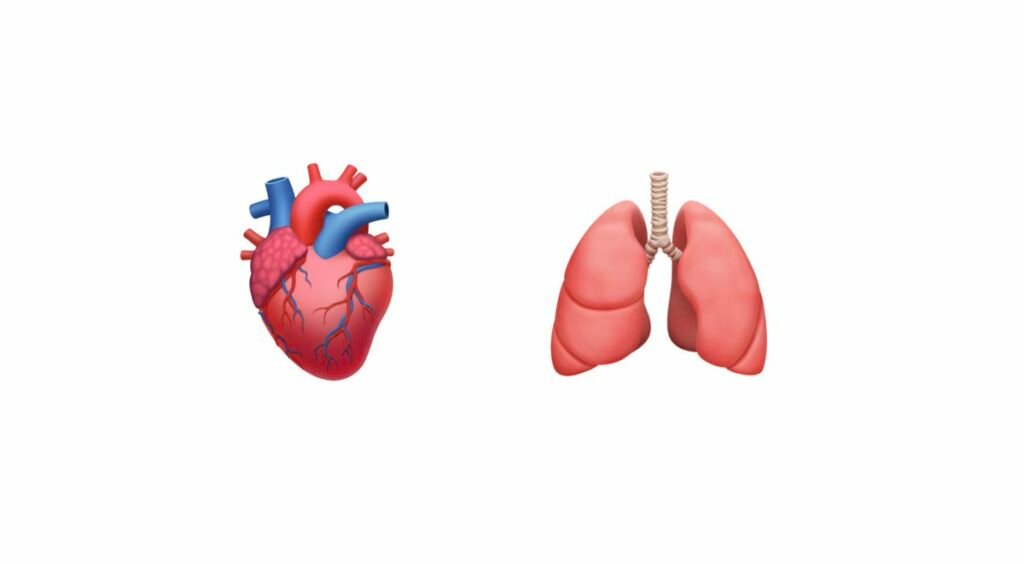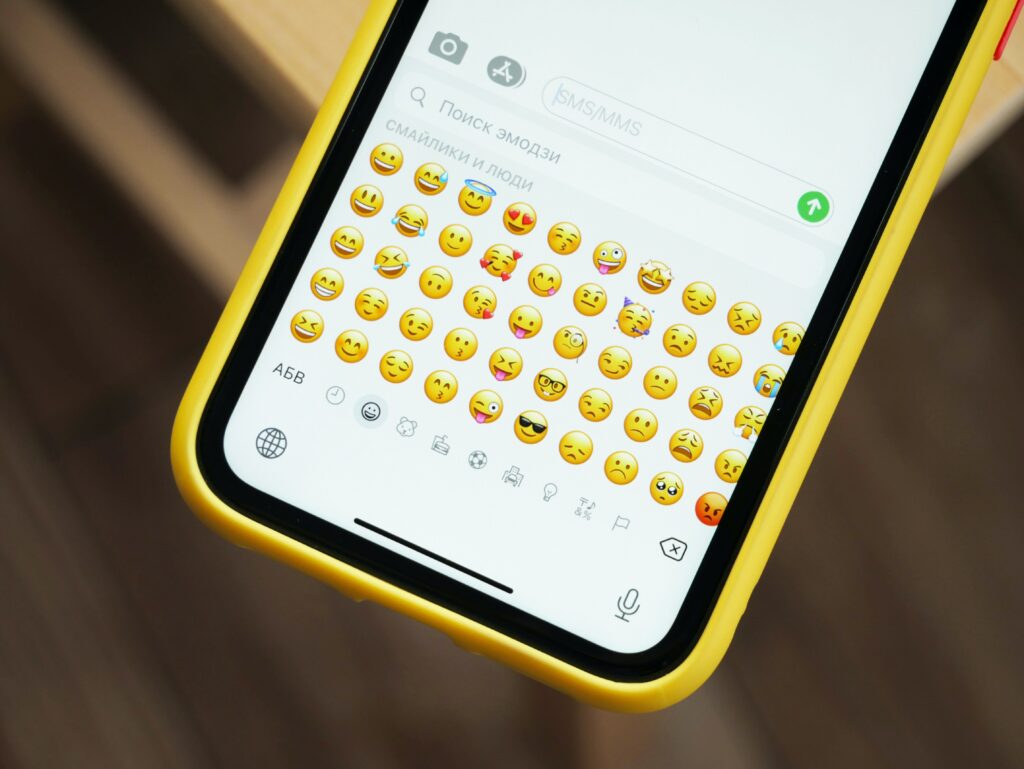Today we can choose from over 3,500 emojis to express ourselves in the virtual world, each of which has gone through a complete process of design, selection and approval before reaching our keyboards. Have you ever wondered what happens behind each new emoji release?
For her International Day, which is celebrated on July 17, Unocero spoke with Jennifer Daniel, Creative Director of Emojis at Google, who confirmed that she has “the best job in the world, I think it’s great, I love it.”
emoji purposes
Daniel is an artist and designer who, in addition to working with Google’s emojis, leads the Unicode Emoji subcommittee, the body responsible for standardizing them, so he knows the whole process these symbols go through from start to finish.
The expert stresses that emojis have a global audience, so it’s important that they reflect that. It “includes everything you can imagine,” he stressed. For her, designing these ideograms should serve three purposes: avoid communication problems, be creative and accept grace or tenderness.
Reducing connectivity issues that can occur includes resolving cross-platform consistency. Jennifer Daniel exemplified this with an anecdote. Some time ago, during a meeting, he sent a message to a colleague about human frugality accompanied by an emoji slap in the face. On her device, she would see this ideogram as a woman, but the other person received it as a man.

“This was two years ago and it was actually resolved, but at the time, it surprised me,” he explained. In this sense, he emphasized that his job was not only to design ideograms, but also to anticipate these possibilities. To avoid this, emoji and Unicode designers have sought to “remove as much detail as possible so that people can display everything they need in emojis.”
Other communication challenges to address include looking at the connotations that can be given to emojis and rethinking them if necessary. For example, the rope had to be made more colorful with the knot so that it could not be combined with a tree and express something negative. The same thing happened with the ideogram “Pistol”, the current version of which is similar to a single toy.
This goes hand in hand with the goal of embracing grace or attractiveness. The designer said that Emojis should be “optimistic, charming and honest, something relevant because they are those elements that can be missing when you communicate online, only with words, without eye contact, body language or tone.
The goal of making an iconic emoji goes hand in hand with the other two purposes. “We want the designs and their uses to be as wide as possible. You don’t want to invent something new, you want to represent something that people already know, they already know how to use, and overall these things are iconic,” he explained.
In this sense, in addition to being icons, emojis should try to represent all people, and should be diverse in every way, from different ages to gender identity, genders, as well as people with disabilities, to name a few.
“We have today, I don’t know, hundreds of emojis for inclusive representation,” Daniel explained, while taking the diversity of gender identity as an example. “We continue to separate gender from stereotypes such as career, relationships, and parenthood.”
“As I write proposals, I don’t intend to fill in the gaps, because this is a story that never ends. It’s always there. So what I’m really trying to do is add meaningful keyboard tweaks to remove gender from roles in society.”
These efforts have resulted in a range of emojis from “female, male, person” versions of each ideogram to some more recent. In the next version of the Unicode 14.0 standard, which will arrive next September, eg a man and a pregnant person have been added, which are added to the pregnant woman.

Another emoji that will change this year in favor of inclusion is the handshake, which will offer up to 15 different combinations of skin tones.
the operation
Jennifer Daniel explained that in order for an emoji to be validated, a proposal is first generated from Unicode. After that, the designer receives it and begins the research process. Expert tells Unocero that this is her favorite part of the process.
“My favorite part is without a doubt meeting the people who wrote the proposal and are experts on it,” he said.
“When the anatomical heart was introduced, I spoke with a cardiovascular surgeon who taught me a lot about human anatomy, and with the accordion symbol, I spoke with an accordion historian and he taught me a lot about the evolution of how it works. It has changed in the past 100 years!”

He added, “We want to tell their stories as best we can, we want them to feel authentic to them, because they are the ones who use these emojis. In many ways, it’s an extension of these people.”
Once the designer has the information he needs, he starts generating ideas. One must then begin to consider the purposes of emojis in the context of communication, as well as assess how an ideogram works with text and other emojis, how well it represents people and their lives, and seek coherence between platforms.
Finally, the result is evaluated and approved by Unicode for standardization.
Evolution emoji
Emojis were originally just images expressing ideas, but they evolved in response to social context and changes in language.
“I like to think of emojis as building blocks, not language,” Daniel commented. “It’s not a new language, it works with the language you already speak and write, which is why it’s so popular. Learning a new language is really hard, but emojis are flexible enough to work with the way you speak. 80% of emojis are shared with the words “. “Emojis don’t replace language, they complement it.”
A recent example of an expert is a face with a mask. “This year has opened our eyes, and now it is the turn of the mask emoji. This emoji was born in Japan, where people use it regularly, even before the COVID-19 pandemic. Today we believe using it is a way to show solidarity and care for ourselves and others,” he explained.
According to Jennifer Daniel, the more diversity among emojis, the more positively it will be adopted and used among users, and these fun ideograms will continue to evolve with us.

“Wannabe internet buff. Future teen idol. Hardcore zombie guru. Gamer. Avid creator. Entrepreneur. Bacon ninja.”




